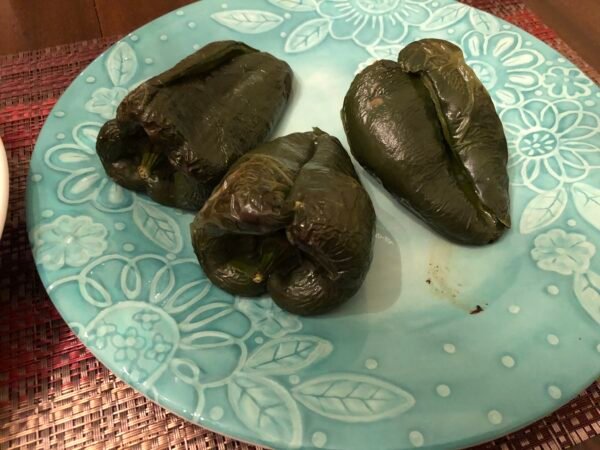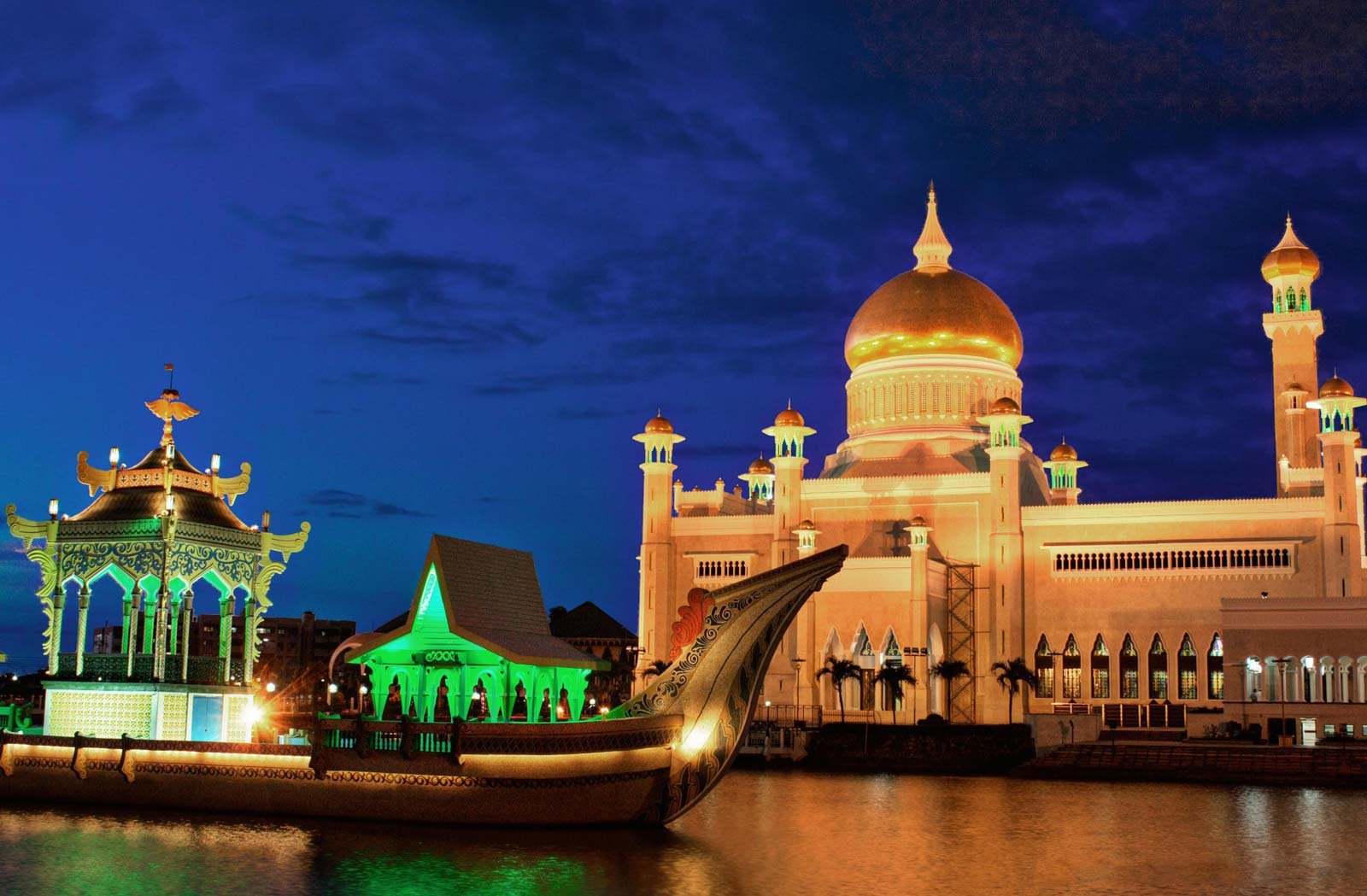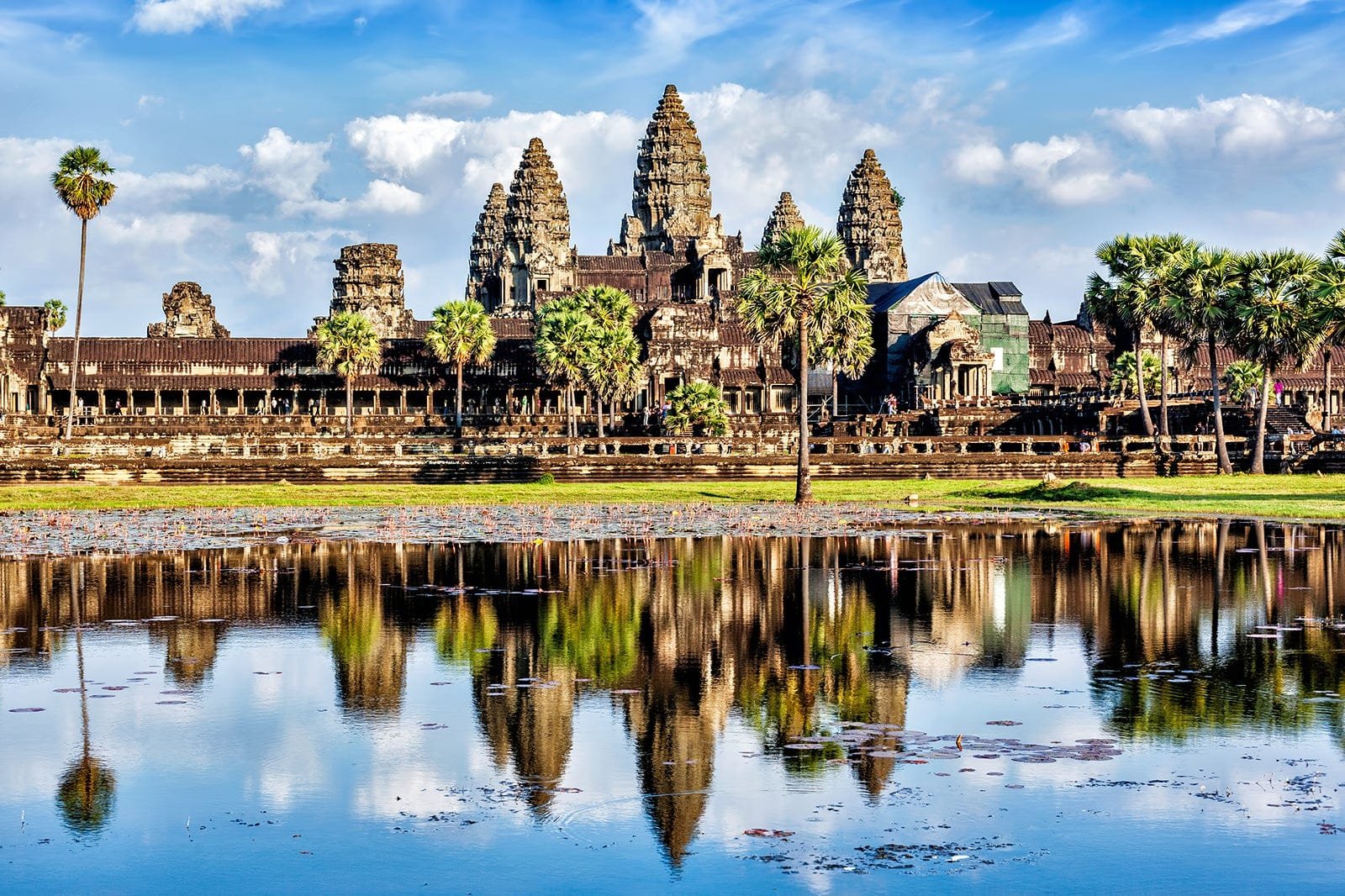Our Bhutanese meal consisted of Ema Datshi, Cracked red rice, Butter Grilled Poblanos, Butter Tea and Kheer. Ema Datshi is the national dish in Bhutan made with an assortment of ema (chilis) and datshi which is cheese made from yak or cow’s milk. Our Ema Datshi was made with Anaheim and Serrano peppers with Monterey Jack and Farmers cheeses. We were fresh out of yak cheese ;). I’m not sure we got it quit right because the water and melted cheese didn’t blend together. It was till delicious over the red rice.
The Butter Grilled Poblano peppers were a pat of butter inserted in a slit on the side of the pepper and grilled until slightly blackened. We cut them open and let the butter run on to the red rice. A simple side dish we plan to make again. Butter tea is black tea with a pat of butter and milk. Again no Yak milk on hand so we had to use cows milk. I like it so much sometimes I now have Butter Tea in place of my morning coffee. Kheer is a rice pudding with cardamon, cashews, almonds and coconut.
Bhutan is the only country with no traffic lights. “Gross National Happiness” is more important than “Gross Domestic Product”. GNH is used to measure the happiness and well-being of citizens. Bhutan opened up to tourism in 1974. There is a $250 daily fee to visit but it includes accommodations, a tour guide, a driver/transportation, entrance fees, food and drinks, trekking gear and taxes. I think it would be a fascinating place to visit if I can get past the fact that only 12 pilots have a license to land in the Paro Airport, the only international airport in Bhutan. Paro Airport is one of the most challenging airports in the world.
Here is an interesting article on Bhutan travel -> https://www.fodors.com/world/asia/bhutan/experiences/news/10-things-you-need-to-know-before-you-go-to-bhutan that states “You should plan to see phallic paintings and symbols everywhere. These include wood carvings of every size, vibrant paintings on walls of homes and businesses, and key chains in the hands of locals. Why? These symbols represent the Buddhist teachings of Drukpa Kunley, an unorthodox saint who loved wine and attractive Tibetan women.” I didn’t post any examples because they are not PG13.
I read “Beyond the Sky and the Earth: A Journey in to Bhutan” by Jamie Zeppa. It is her story of going to Bhutan to teach English and how she adapted to and then embraced their culture and many of their beliefs. I thoroughly enjoyed it. Below are several of her insights that really made me think about our lifestyle in the US and how we can have such a sense of entitlement and be so wasteful.
“Buddhism requires that I take on the terrifying responsibility for myself; I am the author of my own suffering, and my own deliverance. And yet it also requires very little – only that I open my eyes right here, where I am standing, that I simply pay attention.”
“The more complex and developed a society becomes, I think, the less responsibility individuals have to take for their actions. As long as I could lug my garbage out to the curb two mornings a week in Toronto, what did I care what happened to it. But here, we are made to see the consequences of our consumption.”
“It occurs to me now that in Sharchhop, the same word is used for both “thrown out” and “lost”, and there is no distinction between “to need” and “to desire”. If something is thrown out and is lost to further use, and if you want some thing here, you probably also need it.”

Tiger’s Nest Monastery 
Punakha Dzong 
Thimphu, national capital 
Archery, the national sport. 










